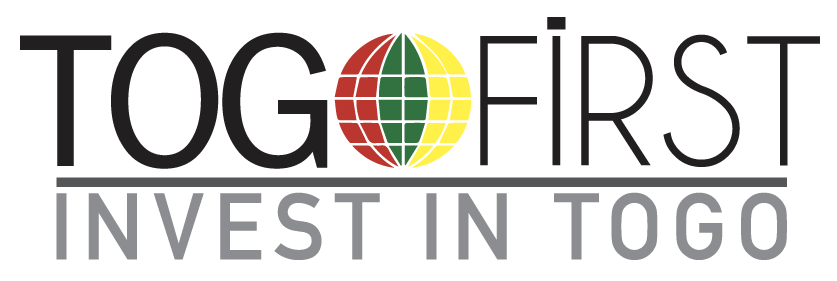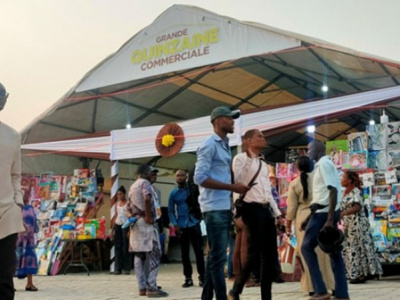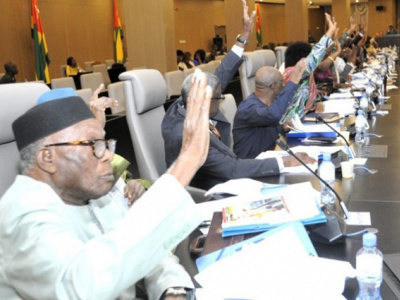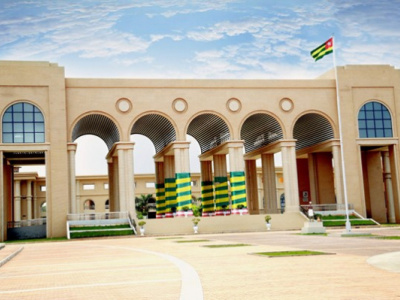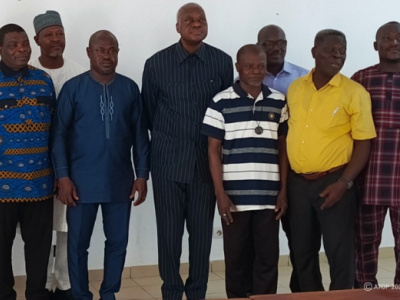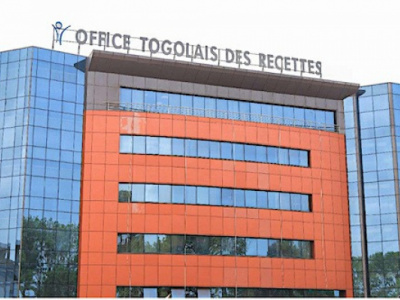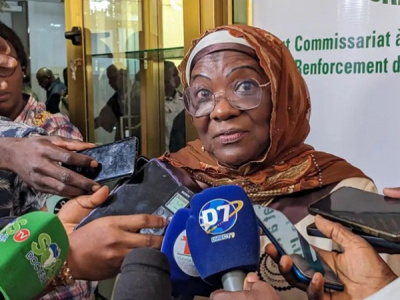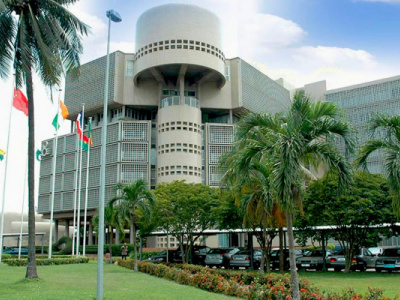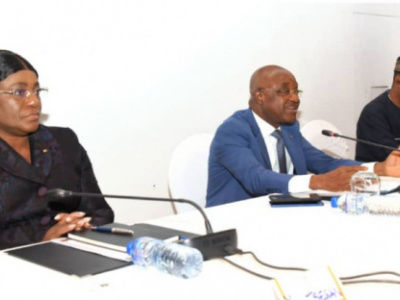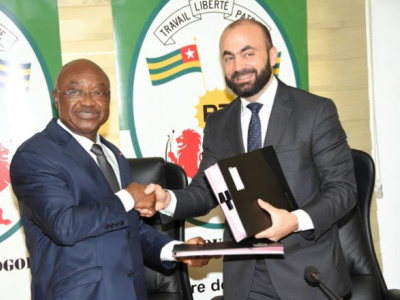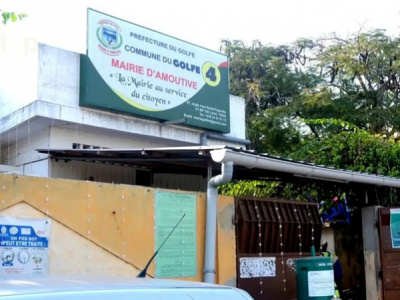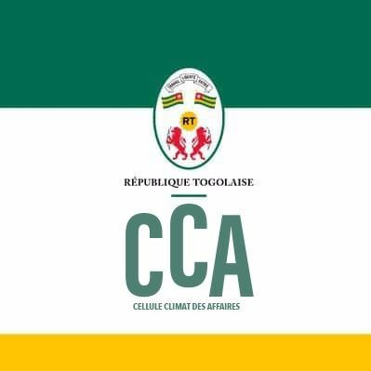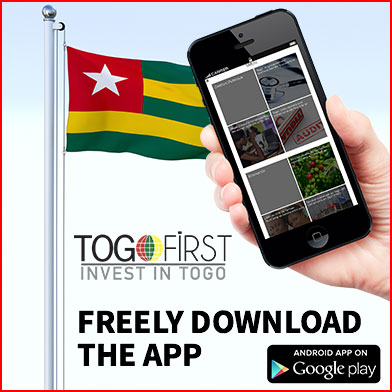This is how Togo saved €130 million on debt servicing costs by borrowing from international lenders
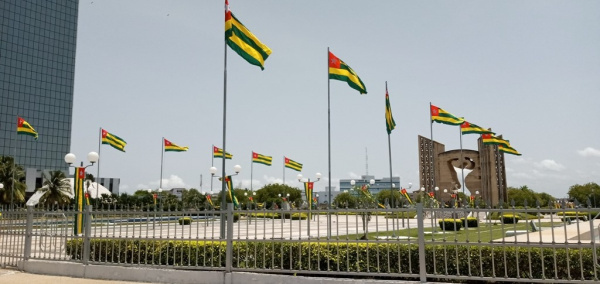
(Togo First) - On June 17, 2020, the government of Togo announced that it secured its second loan on the international market - €150 million. Given the coronavirus crisis, this was a true gamble that has paid off.
For this operation guaranteed by the African Trade Insurance Agency (ATI-ACA), investors mitigated associated risk by setting a low-interest rate, 4.5%. The move reflects a shift from western assets, which are becoming more and more volatile, to developing economies that are somehow regarded as a “haven” for investments.
Togo, it should be recalled, had envisaged many options including a €500 million Eurobond. However, it had to readapt to market conditions and borrow from international private investors. In detail, Lomé first borrowed €103.6 million from these investors at an interest rate of 4.68%, a maturity and grace period of 10 and 2 years respectively. Using the loan, the country was able to pay in advance a cumulative debt - regional and internal - of XOF66.6 billion, with an average interest rate of 7% and maturity periods ranging between 3 to 8 years.
€130 million saved
Two months before the country recorded its fulgurant success on the international lending market, various rating agencies, including Moody’s, issued bad forecasts for its economy. However, Moody’s recently estimated that the debt reprofiling could enable Togo to save around €130 million (or 1.6% of GDP in 2020) on its debt servicing costs over the next three years. This should also reduce risks of low liquidity that may arise due to substantial refinancing needs. Due to the latter estimated at nearly 18% of GDP for 2020, near the end of 2016, the IMF had to step in and help the West African nation as it was then very indebted (82% of GDP). The IMF’s support helped the Togolese government rapidly take back its finances in hand.
According to official data made available in early 2019, 18.3% of Togo’s domestic debt should be fully reimbursed this year. The same data states that this debt is to mature in 3.8 years.
Togo ends 2019 on a good note
When Togolese authorities mentioned the recourse to the international finance market for the first time, the IMF had capped the amount to mobilize saying it should not exceed 8% of GDP while stressing that the net present value of the debt should be closely monitored.
Meanwhile, the World Bank, which had repeatedly said it would guarantee the operation via its IDA window, retracted after the appointment of David Malpass as the head. The former Beer Stearns chief instead substituted the guarantee with a direct cash supply.
As a result, Togo obtained a record budgetary support of $150 million but still borrowed on the international market. Thus, the end of 2019 was good for the country. It paid its debts and even had a budget surplus of 2.1%, donations included. Another reason for explaining this good performance is the privatisation of TogoCom which compensated the low results of the tax revenue office (OTR) the same year.
Togo is the only ECOWAS state to meet the region’s convergence criteria to adopt the Eco which is proposed as a single currency for the region. This is quite unexpected considering how high its debt was two years earlier.
“The authorities have carried out the first tranche of a debt reprofiling operation, reducing slightly the net present value (NPV) of total public debt while preserving the external debt risk rating, in line with the Fund-supported program,” IMF experts said in March 2020 as economic forecasts were scaled down significantly due to the outbreak of the covid-19 pandemic.
Fiacre E. Kakpo
